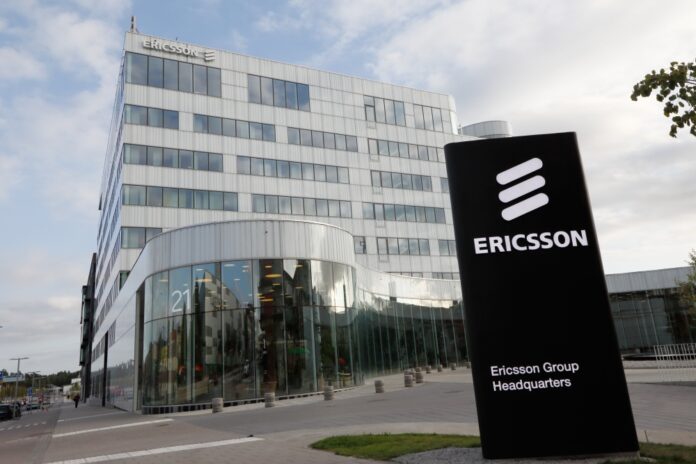
Spam, scam and con artists can be blocked at switch level
A new report from an Ericsson security partner has claimed that trust in phone calls from the police, hospitals or any public service has been almost totally eroded. The problem is that people see an incoming phone call with a number withheld and assume it is from a scam artist or some form of mobile marketing pestilence. Those that do answer the call tend to be gullible and prone fraudsters, the report said. Now switch maker Ericsson has offered to help mobile operators police the networks, blocking scammers at source with the help of a new service.
Specialist call qualifier Hiya claims that telcos could protect mobile phone users much more effectively with a new call policing service that’s stationed within the switching hardware. The Hiya Protect service would integrate into the Ericsson’s IP Multimedia System (IMS) system that delivers communication services to smartphones and other devices. The solution will also work for Ericsson’s Mobile Switching System (MSS). It doesn’t appear to be available for Nokia systems yet.
This new virtual and cloud-native network function would instantly allow comms service providers (CSPs) to identify incoming spam and fraud calls at the network level and block the call before it reaches any of the subscriber base. The AI-enabled system will be constantly briefed on the new suspects and, like any intelligent copper, will learn how to spot spams, scams and con artists.
Spam and fraud calls increased 13% in 2022 alone, with mobile subscribers currently receiving an average of 14 unwanted calls per month, according to Hiya’s 2022 State of the Call Report. Roughly 25% of consumers lost money to a phone scam, with an average loss of €542 per victim. As a result of Fraud Fright, practically all phone users (over 90%) ignore calls from unidentified sources, meaning that vital calls from hospitals, local doctors, banks and all public services are missed. This has a huge, but hidden, cost to the National health Service in the UK through missed appointments.
Call Qualification, gives CSPs the possibility to provide secure branded calls so that unidentified calls will be qualified and shown in the display for the consumers. With Hiya’s Adaptive AI self-learning technology, CSPs can recognise and nip emerging scams in the bud before they cause more damage.
A joint Ericsson-Hiya service has been designed with an easy installation process that means any CSP using Ericsson IMS can quickly activate it, Ericsson claimed. New customers can activate it by working directly with Ericsson to integrate the service on their networks, said David Bjore, head of solution area communication services at Ericsson. “Spam, fraud and nuisance calls must be stopped before they affect subscriber satisfaction and customer loyalty. That’s exactly what we, in partnership with Hiya, are aiming for CSPs to achieve,” said Bjore.


